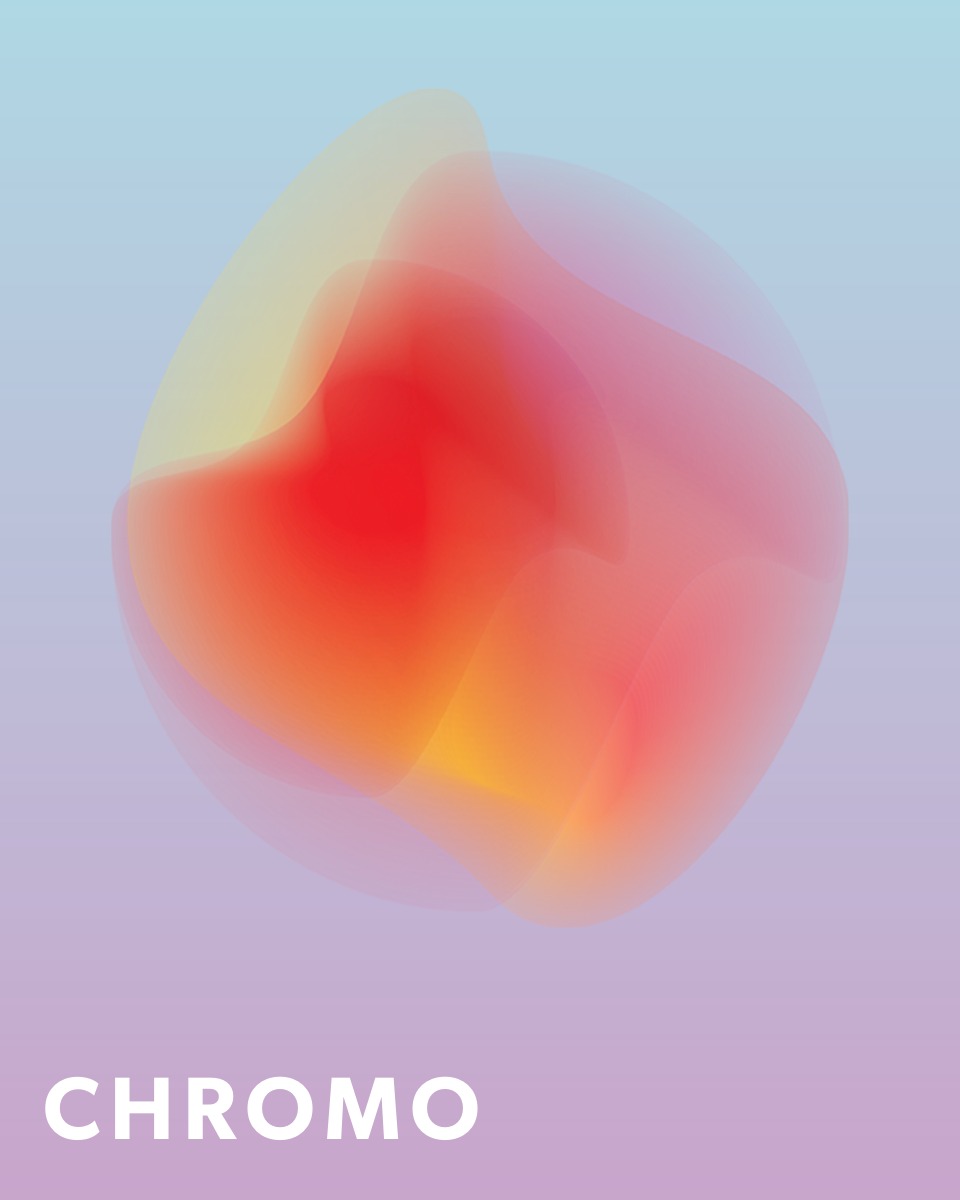Algebraic Inequalities
An inequality expresses a relationship between two expressions, not equality, but a magnitude relation. The most common signs are: < (less than), > (greater than), ≤ (less than or equal to), ≥ (greater than or equal to).
In this inequality, we are looking for what x values make 2x + 1 greater than 7.
Basic Solution Steps
- We can perform the same operations on both sides as with equations: addition, subtraction, multiplication, division.
- Important difference: if we multiply or divide by a negative number, the inequality direction reverses.
- The solution is often not a single number, but an interval or multiple possible value sets.
Example: Simple Inequality
Subtract 1 from both sides: 2x > 6. Divide by 2: x > 3. So every number greater than 3 is a solution.
Multiplying or Dividing by Negative
If we multiply or divide by a negative number, the inequality direction reverses. This is the most important rule that differs from solving equations.
Divide by -3: x > -3. Notice that the < sign changed to >!
Representing Inequality Solutions
Inequalities are often represented on a number line. An open circle (○) indicates that the endpoint is not included (< or >), a closed circle (●) indicates it is included (≤ or ≥).
Everyday Examples
- If a concert ticket is for those 18 and older, the condition is: age ≥ 18.
- If a running race has a time limit of 60 minutes, the condition is: time ≤ 60.
- If a store offers free shipping only for orders over 10,000 Ft, the condition is: amount > 10000.
Practice Exercise
We have reviewed and checked the materials, but errors may still occur. The content is provided for educational purposes only, so use it at your own responsibility and verify with other sources if needed.
✨ Ask Lara — your AI study partner
Unlock personalized learning support. Lara can explain lessons, summarize topics, and answer your study questions — available from the Go plan and above.
Lara helps you learn faster — exclusive to ReadyTools Go, Plus, and Max members.


